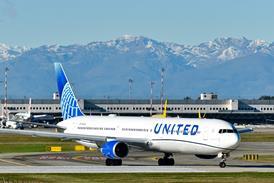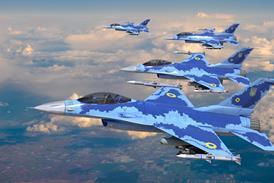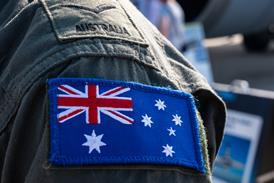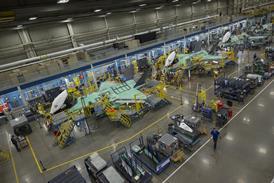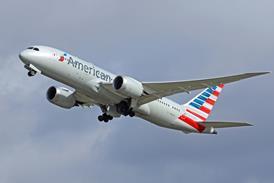KAREN WALKER / ORLANDO
Boeing meets targets despite F/A-22 development delays
Boeing remains on track, and in many instances ahead of schedule and under budget, on work to produce the training system for the Lockheed Martin-led F/A-22 Raptor despite development delays with the stealthy fighter (Flight International, 17-30 December 2002).
Although further slips in the F/A-22's flight testing could hinder the training programme, which relies on real engineering data for its simulations, Boeing is on track to meet or beat several key deadlines this year. These include delivery of the first landing-gear maintenance trainer in the first quarter, the seat/ canopy trainer in April and the weapons, aft fuselage, and cockpit/ forward-fuselage trainers in August.
Boeing and the US Air Force in October opened an F/A-22 maintenance training facility at Tyndall AFB, Florida, where a simulator centre for pilot training is under construction. It will house four full mission trainers (FMTs), three weapons and tactics trainers (WTTs), six electronic classrooms and 20 electronic workbook stations.
Boeing training system manager Pamela Valdez says that using engineering data as the basis for simulations and graphics not only "gets the aircraft into the classroom", but also "gave us a year or two jump on courseware development".
The first FMT, which is being built under subcontract by L-3 Communications' Link Simulation & Training division along with the WTT and the various maintenance trainers, is expected to be operational at Tyndall by April.
The FMT comprises a cockpit, a Link-developed SimuSphere nine-facet 360¼ visual display system and instructor operator station. Four FMTs will be networked for mission training at Tyndall. Four more networked FMTs will be installed at Langley AFB, Virginia.
Valdez says the approach to overseeing the F/A-22 training programme used experience gained from the Boeing 777 programme. She says the 777 was software intensive, although not as different as the F/A-22: "Everything was totally integrated from day one."
The biggest challenge, she says, is to stay concurrent with design changes during development of the aircraft, which reached 2,000 a month at the start of the programme and still average about 150 a month. "We review all the changes every day for impact on the training programme," says Valdez. "You have to stay fluid."
Boeing is also supporting the F/A-22's flight-test programme at Edwards AFB, California, where it will conduct interim training for the combined test force, which includes the initial group of operational test pilots and maintenance technicians.

Source: Flight International

